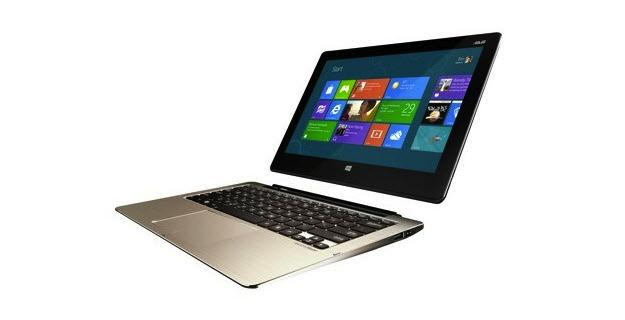 While the Asus Taichi and AiO may attract the most attention today, thanks to the unusual form factor and dual-boot OS respectively, they weren’t Asus’ only new products introduced just before the opening of Computex 2012 to feature Windows 8.
While the Asus Taichi and AiO may attract the most attention today, thanks to the unusual form factor and dual-boot OS respectively, they weren’t Asus’ only new products introduced just before the opening of Computex 2012 to feature Windows 8.
The Transformer Book is similar to the company’s existing Transformer Prime range, but instead of Google Android, it runs Windows 8. Three different models make up the new Book range, differentiated by their HD 11.6-inch, 13-inch and 14-inch screen sizes.
There will also be a choice of Intel Core i3, i5 or i7 Ivy Bridge chips, all with Nvidia GeForce graphics, plus either hard disk or solid state storage options. Other features include 4GB of RAM, a 5-megapixel camera on the rear and an HD video-call lens around the front, plus USB 3.0 ports.
Like other Asus Transformers, the screen and keyboard can be separated, allowing the Book to be used purely as a Windows 8 tablet.
In addition to the Book, Asus revealed the Tablet 600 and the Tablet 810. The 810 is similar to the Book, as it’s Intel-based — this time with an Atom chip — has 2GB of RAM, and an 11.6-inch screen with a 1366 x 768 pixel resolution. It also boasts an 8-megapixel camera, NFC, Wi-Fi and Bluetooth 4.0.
The Tablet 600 however, is an ARM-based tablet, which will run Windows RT and be powered by Nvidia’s Tegra 3 processor. The 10.1-inch screen also has a 1366 x 768 pixel resolution, and like the Tablet 810 has 2GB of RAM too. It also shares the same 8-megapixel camera. Nvidia has recorded a short introduction video to the Tablet 600 and Windows RT, and you can see it below.
Asus will package the Tablet 600 and Tablet 810 with a keyboard dock, which as well as providing more connectivity through extra USB ports, also has a built-in battery for extended use.
Frustratingly, like the rest of Asus’ new products, price and availability were not discussed, although a post-October release is probable.



